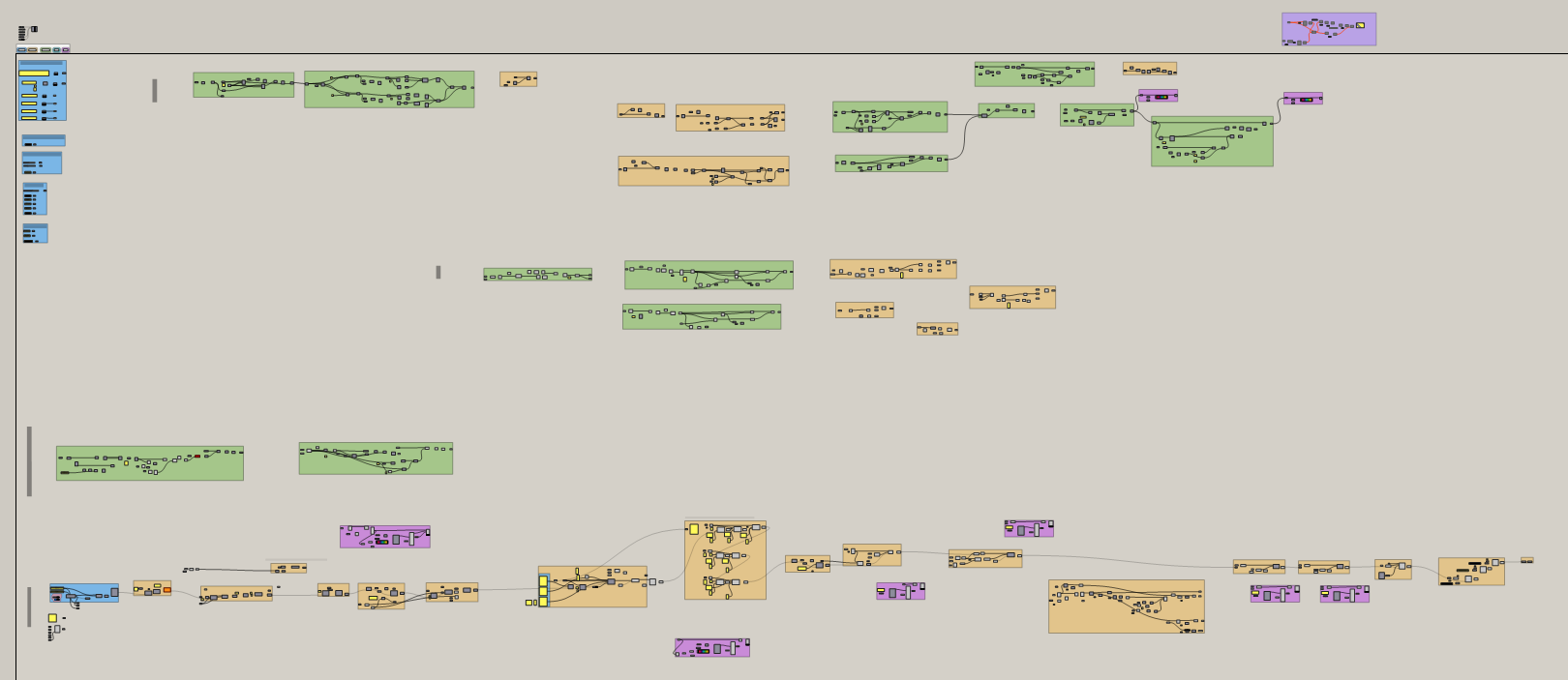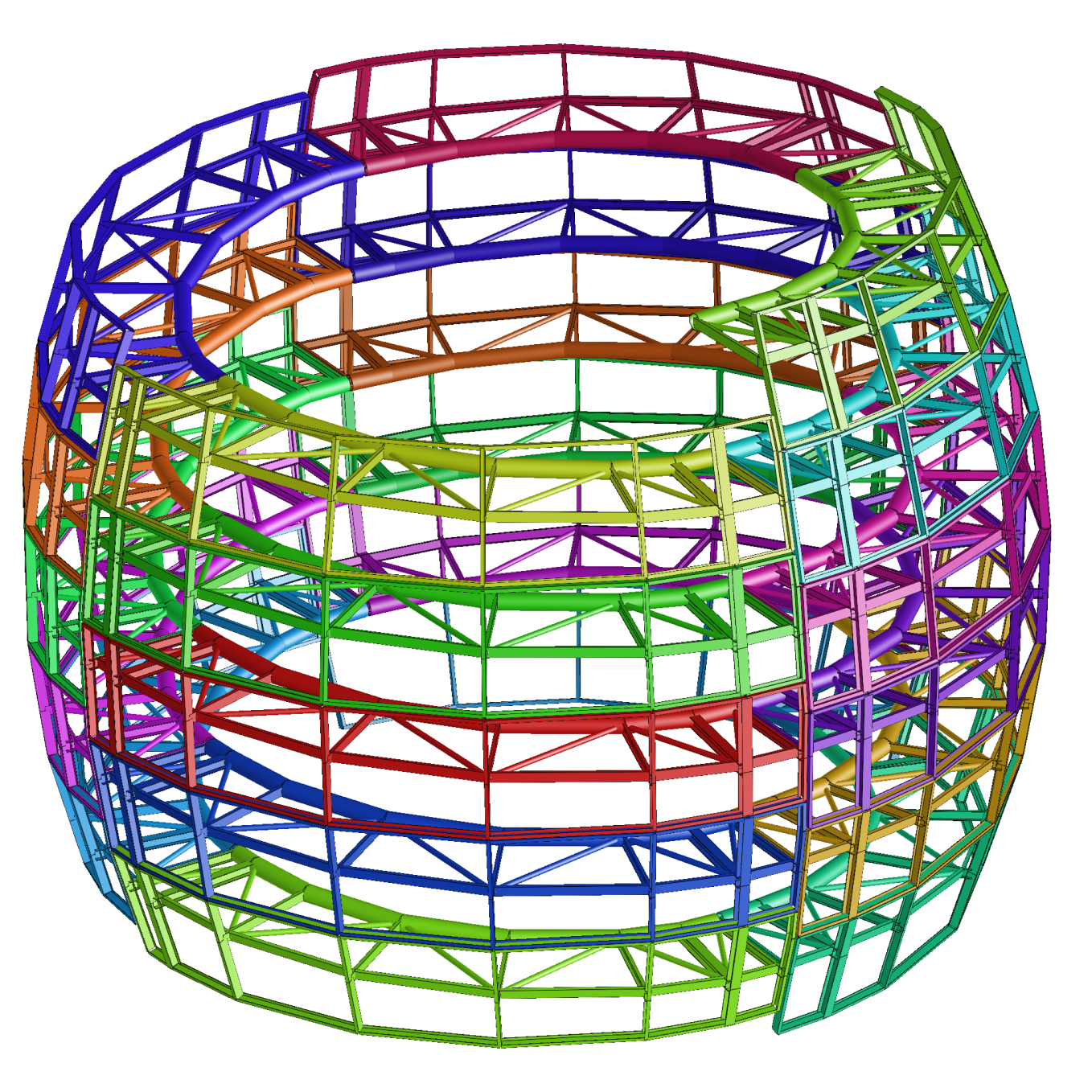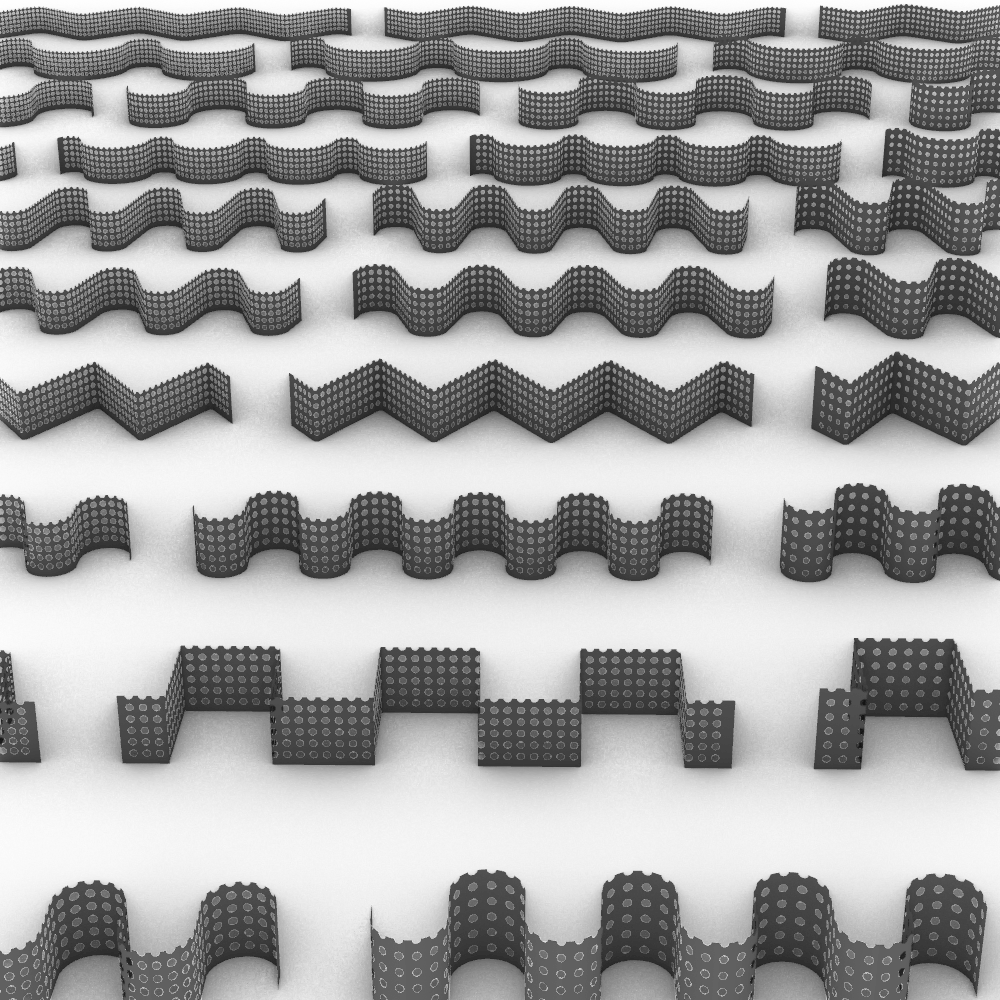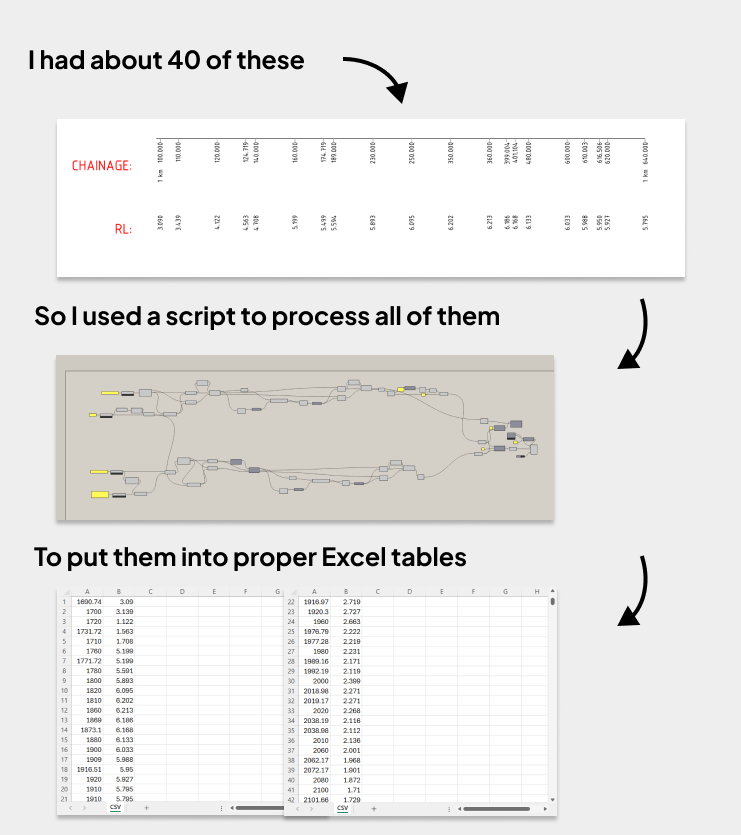A Closer Look
Computational design is extremely good at handling geometry and data. If you know how to think computationally and you’re comfortable with tools like Grasshopper, you can generate complex geometry or pull out large amounts of data out quickly, even under pressure.
So, when people ask what computational design is really used for, this is one of the examples I always give. Because it combines the both strengths and delivers a lot of value to the project.
Part of the analysis model, can't show the full model because it's sensitive to the client
This project involved analyzing a large, complicated structure—and the engineers needed help building the geometry.
It was a dome-like shape with a concrete spiral ramp inside of it. The ramp was also supported by a steel structure. Everything had to connect. Every element also needed the right properties: the correct thickness, member size, restraints, and loading conditions. And it all had to be modeled in four days.

This was the size of the Grasshopper script
There was no way to meet that deadline manually. Just modeling the dome would’ve taken days. Even with computational methods, I still barely made it in time.
But this is exactly where computational design isn’t just useful, it’s often the only way forward. It gives us the capability to take on more complex, more interesting work.
Instead of pushing back on an architect’s form or asking for simplifications, we can collaborate more effectively. We can analyze more ambitious shapes than before and maybe even help realize the original design intent.
And I’d say this capability is valuable beyond the AEC (architectural, engineering, construction) world. It applies in industries like game design (where huge, detailed models are built), jewelry (where fine detail matters), or even product design. Check out how this company used computational design to create their shoes.
But these kinds of projects don’t come around often and that’s part of the problem. Because computational design is so good at solving complex problems, people often think that’s all it can do. It’s why it sometimes gets written off as unrealistic or overkill. And browsing LinkedIn doesn’t help either, I can’t tell you how many spiral towers I’ve seen from people claiming they have mastered computational design.
But when you do get something complex and the timeline is tight (which it always is) these tools can be the difference between delivering or missing the mark entirely.



